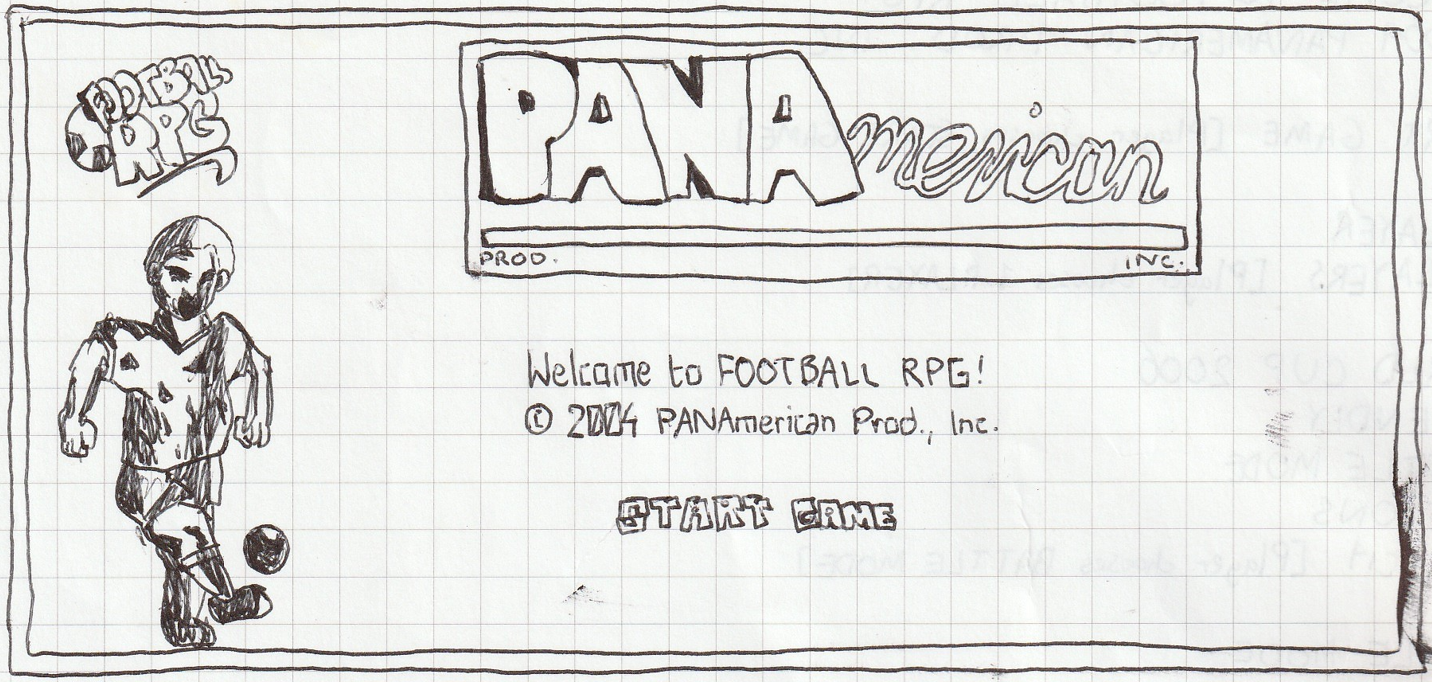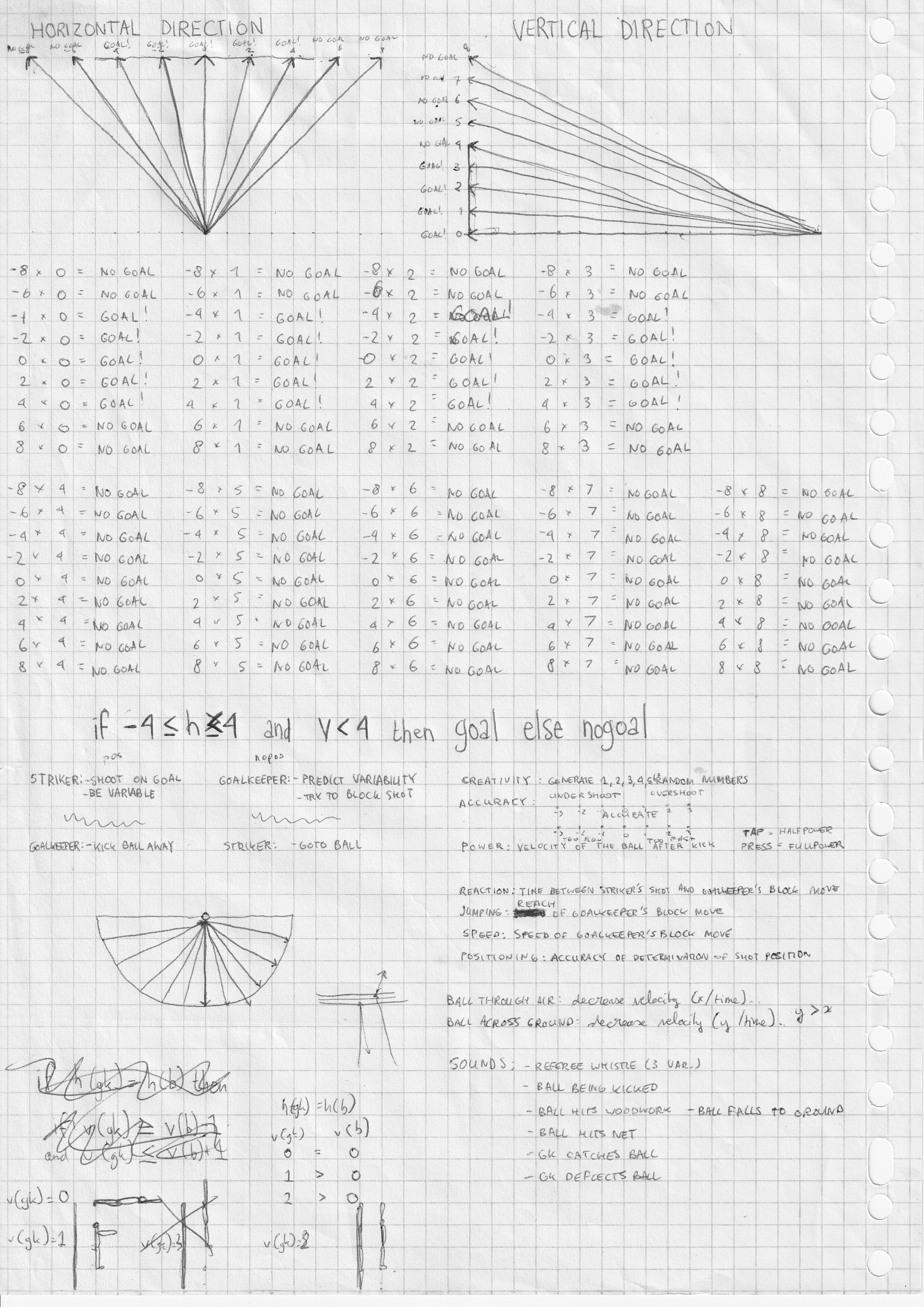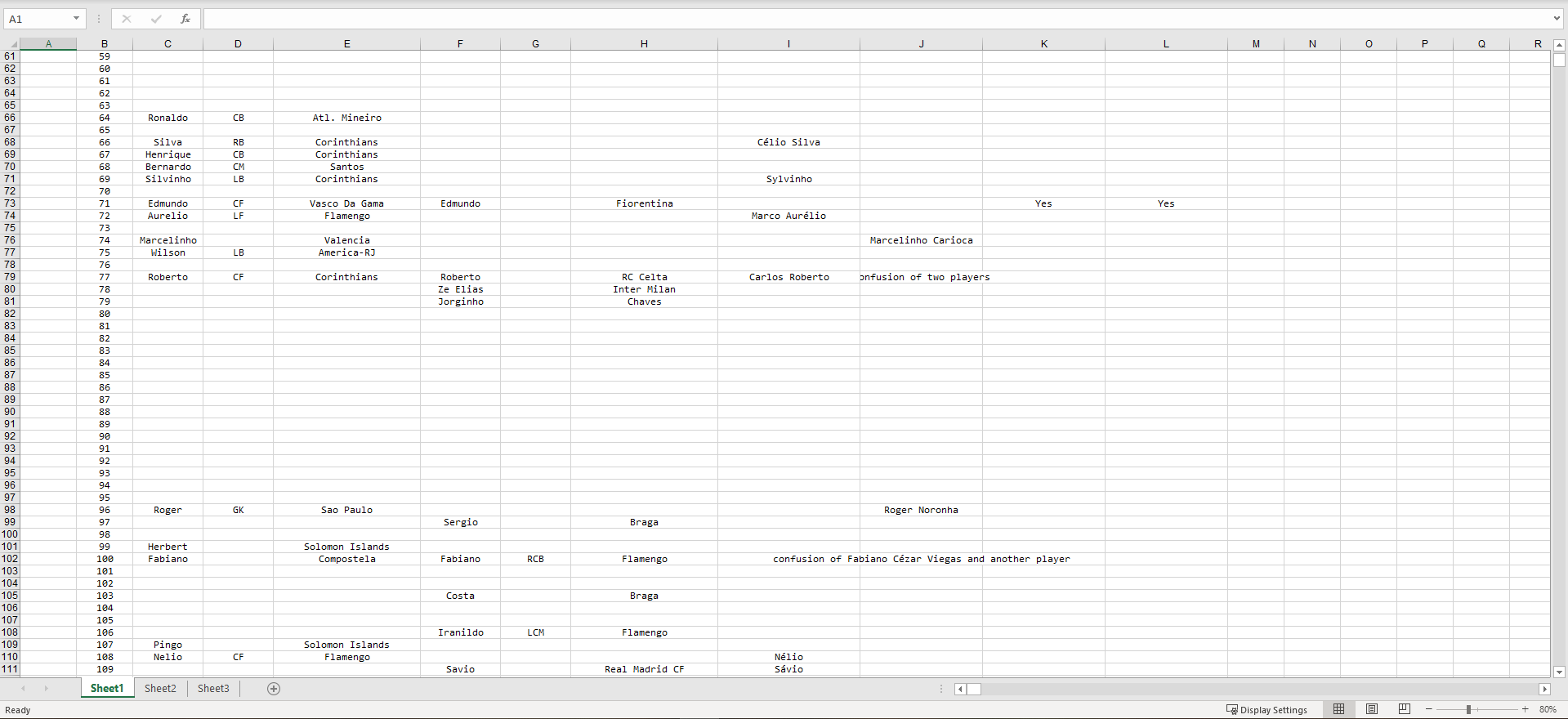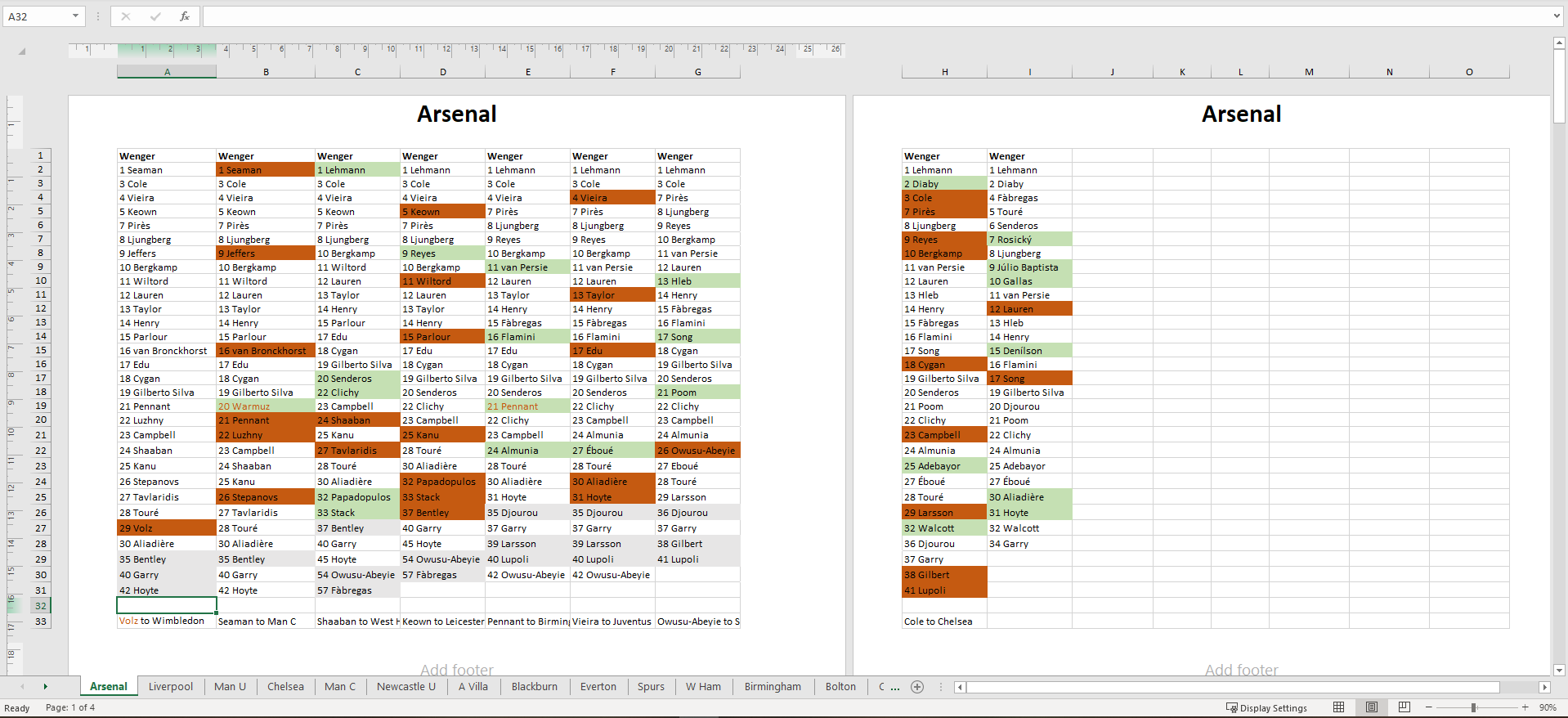

Meaning scientist. Entrepreneur. Polymath. Broadcaster.
Game modder. Software developer. Linguist.
Social and political commentator.
Free speech crusader.
The Man with the MRGA Hat.
The Jordan Peterson Guy.
Make Reality Great Again.
“I have sworn upon the altar of God eternal hostility against every form of tyranny over the mind of man”
—Thomas Jefferson
BUY MAKE REALITY GREAT AGAIN HATS – CLICK HERE
Could an indie game be better than FIFA and PES?

I first became interested in football—association football, that is, or ‘soccer’—during the 1998 World Cup in France. A two-month spectacle with teams representing countries from around the world was massively exciting to 8-year-old me, having begun to play football on the school team myself that same year. Apart from the football itself, I was also very interested in seeing so many players from all over the world: different ethnic groups, often with exotic foreign names; the national team uniforms in many colours; and the flags and national anthems. To this day, I prefer national team football over club team football.
Background
But what made it even better was that I had a copy of EA SPORTS’ World Cup 98 game, having gotten my first PC as a birthday present earlier that year. Being able to reproduce World Cup matches in full colour and (for the time) vivid detail, deciding myself on starting lineups, substitutions and strategy, not to mention John Motson’s legendary commentary and the soundtrack that featured gems like Chumbawamba’s “Tubthumping”, meant I would play hours and hours of that game, not only that summer but also in many years to come. My real-life footballing career went nowhere fast: in 2001, I joined a local club that many of my school friends played for, but my team was so bad it was disbanded after only half a season. That was the only time I ever played in any kind of league. At the same time, though, I only got more interested in playing football games on PC. I played EURO 2000, FIFA 2001 and later also FIFA 99 and FIFA 2000. But when I first saw FIFA RTWC 98 on a friend’s computer, I was blown away. This game, which I didn’t even know about when World Cup 98 came out, contained ALL the teams that played in World Cup qualifying. The sheer completeness combined with the gameplay and atmosphere the game breathed means that I still think it’s the best EA football game of all time.
As I played more EA games, though, I started to notice a decline in quality. It was difficult to put my finger on it, but the newer games seemed to lack something the older ones had. I still loved FIFA 2000, and I enjoyed FIFA 2001 and 2002 FIFA World Cup™, but the atmosphere those games brought wasn’t quite the same as that of FIFA RTWC 98, World Cup 98 and FIFA 99. When FIFA Football 2002 came out, I expected it to be a better version of FIFA RTWC 98, with all the teams that partook in qualifying in great detail. I was very disappointed when it turned out that not only were not all the teams included, but some of the teams didn’t even have player names. The music was also, in my opinion, a far cry from the soundtracks of yesteryear (apart from the awesome theme song, Soulchild’s remix of “19-2000” by Gorillaz). If they could do it before, why couldn’t they do it again? Did they just get lazy? After that, the only EA football games I played were 2006 FIFA World Cup™ (which I enjoyed, not least because of the good soundtrack) and FIFA 07 (which I found slightly disappointing). It felt like they were going for graphics and realism at the expense of gameplay and atmosphere. Meanwhile, Konami’s Pro Evolution Soccer seemed better at capturing some of the atmosphere of those early FIFA games. I stopped playing new football games after that, preferring to stick to my old games (aided, I might add, by never updating my hardware, so that the newer games wouldn't even run on it).
Creating the game
Instead, I started working on my own ideas for football games. I had an idea for a game floating around that I called PANNAmerican International Soccer, which was supposed to include all national teams in the world, FIFA 98-style, and another one for a game titled Football RPG, which was to feature a system of experience points that you can spend on increasing your players’ skill, similar to what exists nowadays in things like FIFA Ultimate Team.

Back when I played FIFA regularly, I really liked Chau Le’s FIFA Editor tools, which allowed you to modify the game database to edit (and sometimes create) players, teams, and so on. About four years ago, I decided that the best way to create a game that captures the magic of those old days would be to use the engine from FIFA 98, World Cup 98, and FIFA 99. But of course, that engine is proprietary, and it’ll be a long time before it’s in the public domain. So what to do?

Well, why not try to reverse engineer it? So this became a project that I worked on. The first step, before any programming is done, is to recreate the database and then update it, which is A LOT of work because I have to include all the players between FIFA 2002 and the present day. The reason I chose FIFA 2002 as my starting point is twofold: it was after FIFA 2002 that the quality of EA football games started to markedly drop off, in my opinion; also, the 2002‒2003 season (so the one depicted in FIFA Football 2003, the next EA game in line) was the first one after the real-life FIFA (football’s governing body) fixed the two windows per season for player transfers between clubs (one in summer and one in winter), so theoretically from that point you can think of club team rosters as a sum of some original roster plus mutations. (In reality, it is a bit more complicated because free agents can be signed outside transfer windows, and then of course you have youth players coming through, but I figured this is a decent starting point.)


So I set out with a big spreadsheet, or rather several big spreadsheets, and first extracted all the database data from FIFA 98 and FIFA 99 (those two games use the same system of player ID numbers, whereas later games use a different system, and I wanted to use the original system), then added all the players from FIFA 2000, 2001, and 2002, and then slowly started inventarizing all the players from the seasons after that for the leagues I wanted to include in my game—manually, I should stress. Needless to say, this is a huge undertaking. I haven’t worked on it for a while, because I simply don’t have the time in between my other activities, but the idea is still lying around to be picked up in the future.
Page last updated: 1 November 2022.
This page is best viewed in Netscape Navigator 3.0 with a resolution of 1024 x 768 px.
